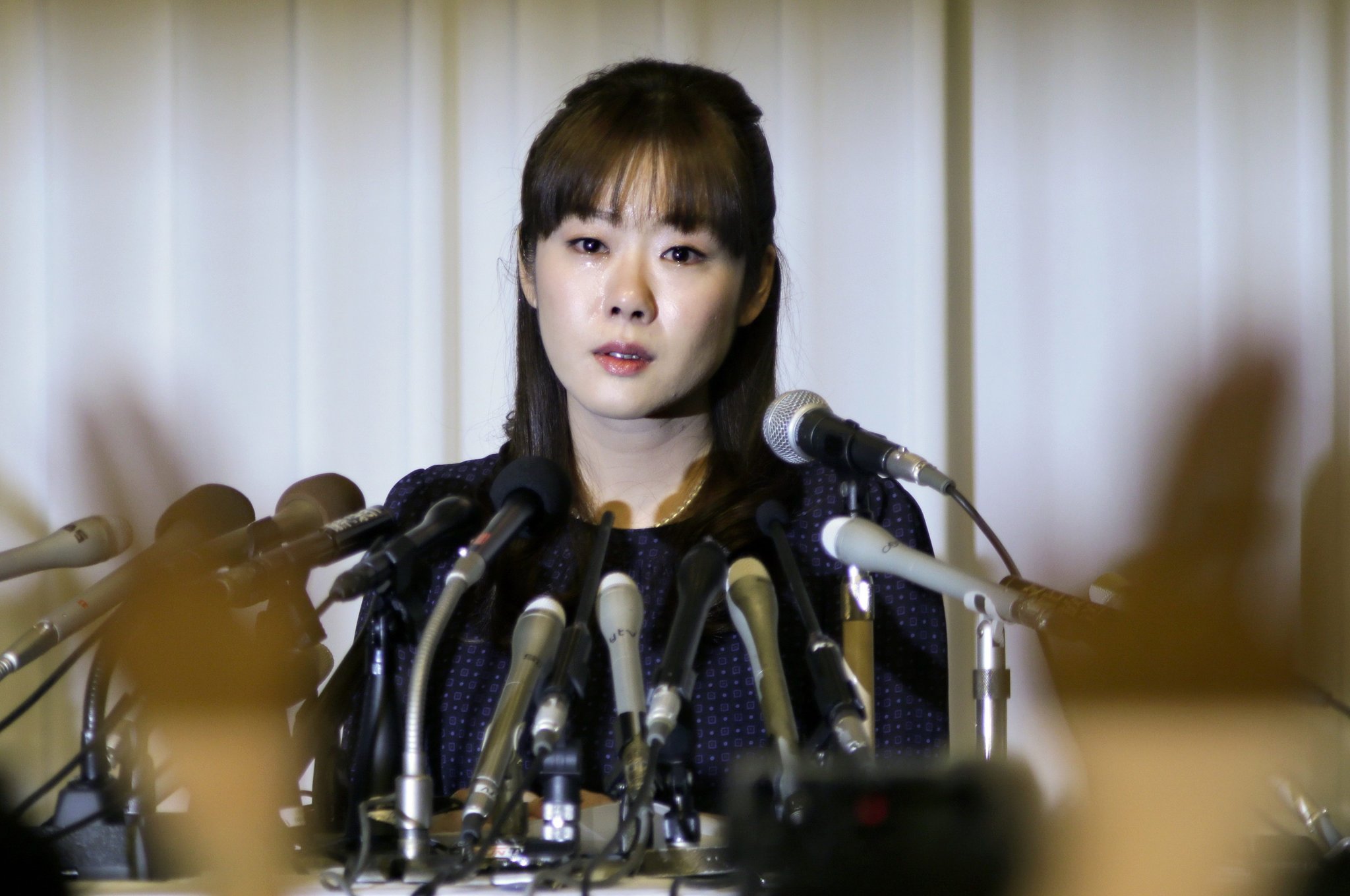By the end of this unit you should:

This short version is enough if you just want to know how to use sources.
Consider each question in turn. Then compare your answer with the suggested answer. If you do not use, LaTeX conside only the first two questions.
square brackets
e.g. The XXX algorithm outperformed all others [4].
references (reference list).
e.g. The XXX algorithm outperformed all others [4].
LaTeX
cite
In short, add the full details of the source in your references. In LaTex the bib file can store the references. The command bibliography accesses the bib file. There is a difference between reference list and bibliography, but this is the short version.
If you are working alone, read each draft and then the hidden commentary.
Read and discuss each draft in turn. Read the hidden commentary before reading the subsequent draft.
This draft is not only very short, but very strange. Everyone reading this knows that the sun is hot, so there is no need for a citation. The source for the citation is also unreliable. Citations should refer to a reliable source. Google is very powerful search engine but search results change regularly. A more reliable source would be a journal article.
The sentence now contains information that some people may not know. The source of this information is not the author and so a citation is needed. The source was Wikipedia, but this is not so reliable as it can be edited by anyone. A higher quality source is needed, such as a journal article.
Although the author first checked Wikipedia, the source used is from a peer-reviewed journal and is more reliable. The next step is to add more details.
More detail has been added. However, this additonal sentence was taken directly from Wikipedia. This is called plagiarism. Plagiarism is when words or ideas are taken but the source is not acknowledged.
The source for the first sentence is now given, but as stated earlier a more reliable source is needed. In fact, readers of this sentence will already know the relative position of the Sun, and so a citation is not necessary if the wording was created by the author.
The general details of the Sun and Solar system do not need citations as these facts are well-known. A citation for the specific temperature is needed as this is not known by most people. The source of the citation is reliable.
Haruko Obokata was a leading researcher with publications in top-tier venues including Nature. She was accused of fabricating data and plagiarism. She lost her job, her PhD and her reputation.
Read the paragraph below to understand the difference between plagiarism and text recycling.

Source: Kimimasa Mayam/European Pressphoto Agency
Plagiarism is when you use the ideas and/or words of someone else. Text recycling is when you use the words of someone else. The difference is that when you commit plagiarism, the original source of the words is traceable. When you recycle text, the original source is unclear. Plagiarism can easily be detected by using specialist software. In fact, due to the Obokata scandal, many Japanese universities started to use plagiarism detection tools.
Work in pairs. Decide whether each of the following extracts are plagiarized or recycled.
One way to check whether an extract has been plagiarized from an online source is to search on Google using "quotation marks" around the extract. If there are only a few results from the same source, it is likely to be plagiarism. If there are many results, it is likely to be text recycling.
Text recycling The original source cannot be found.
Plagiarism Original source: Professor Wilson
Text recycling The original source cannot be found.
Text recycling The original source cannot be found.
Text recycling The original source cannot be found.
Text recycling The original source cannot be found.
Plagiarism Original source: Professor Mozgovoy
Read the text below to identify the difference between sources and citations.
Research articles and graduation theses frequently refer to sources. Commonly used sources are research articles, conference proceedings and books. When the idea and/or words are used from a source, a citation is used. There are three common types of citations: quotations, paraphrases and summaries. Quotations are rarely used in computer science, though. In short, sources refer to the original location of the words, while citation refers to the place that the original idea or words are reused (without plagiarism).
Read.
Work in pairs or small groups. Discuss the meaning of each of the terms below.
Read the simplified extract below and answer the questions that follow.
Simplified extractConcept A [1,2] can be considered to be Aspect B [3] This experiment builds on Experiment C [3,4,5,6] and applies Technique D [7]. The results show Aspect E, which are in line with [8,9,10,11,12,13]
Work in pairs or small groups. Discuss your answers to the following questions. Which do you prefer to cite:
Researchers may have different views on the answers. However, some suggested answers are given in the commentary. Do you agree with these answers? If not, why not?
Read the table below to understand the differences between these three types of citations: quotations, paraphrases and summaries.
Summaries are most commonly used in graduation theses at the University of Aizu. Quotations are almost never used.
| Details | same meaning | same length | same words |
|---|---|---|---|
| Quotation | yes | yes | yes |
| Paraphrase | yes | yes | no |
| Summary | yes | no | no |
Do you know:
If you do not, make sure that you do before your next class.
Are you likely to finish your graduation thesis on time? Check now.